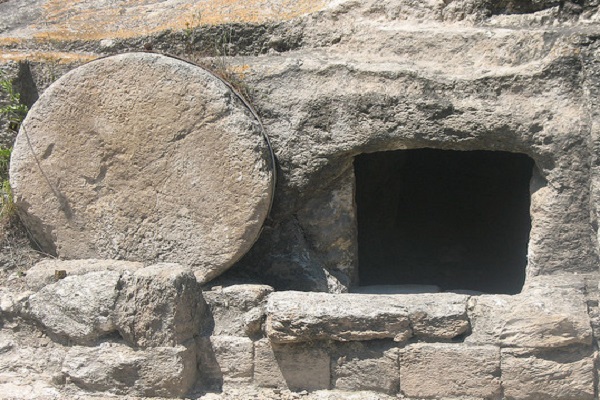
Dating techniques proved it to be a third century structure.
Chemical tests of mortar discovered in a limestone cave dates the Tomb of Jesus to 345 C.E.[/tweetit] The cave was hidden beneath Jerusalem's Church of the Holy Sepulchre. The date confirms it to be made during the rule of Emperor Constantine. The latter ruled over the Roman Empire during 4th century C.E. There is a high possibility this tomb is the same tomb located by the envoys sent by Emperor Constantine about 20 years prior to the making of the mortar.
New Discovery Has Dated Jesus’ Tomb At 345 C.E.[/tweetthis]
It was important to find the date as the Church of Holy Sepulchre in Jerusalem had suffered earthquakes, attacks, and fires. The structure was obliterated during the start of the 11th century. It was then rebuilt by successive emperors. Modern scholars have thus questioned whether Christ's burial spot could possibly be identified. It is to be mentioned that a Roman delegation identified Christ's burial place when the emperor sent a delegation to find it about 17 centuries before.
When the representatives sent by Constantine arrived in 325 C.E., and asked the local Roman garrison about the Tomb of Jesus, they were sent to a Roman temple constructed around 200 years before. The structure was then razed. Explorations during that era revealed a limestone cave tomb. The roof of the cave was taken off to expose the tomb's interiors. The Edicule was then constructed around it.
Skeptics may argue that it is archaeologically not possible to determine whether this particular tomb is the burial site of Jesus of Nazareth. The Jew and founder of Christianity was, as per the New Testament, was crucified within the boundaries of Jerusalem city any year between 30 C.E. to 33 C.E. The results of the excavation puts the tomb complex during the reign of Constantine- the first Christian emperor of the Roman Empire. Archaeologists opened the probable Jesus' tomb for first time in October 2016. This happened when considerable restoration was done on the Edicule, the shrine enclosing the tomb. The work was done by an interdisciplinary group from Athens' National Technical University.
How old is the tomb of Jesus Christ? Now we know. @AleteiaEn https://t.co/9MeacnoWBV
— Lloyd I. Cadle (@lloydICadle) November 29, 2017
A long shelf or the burial bed is the tomb's main feature. As per tradition, Christ's body was laid here after crucifixion. These shelves were common during Jesus's time in tombs of wealthy Jews during the first century. Latter accounts written by pilgrims mention a marble cladding covering the burial bed. It is believed that it was present from the middle of 1300s.
